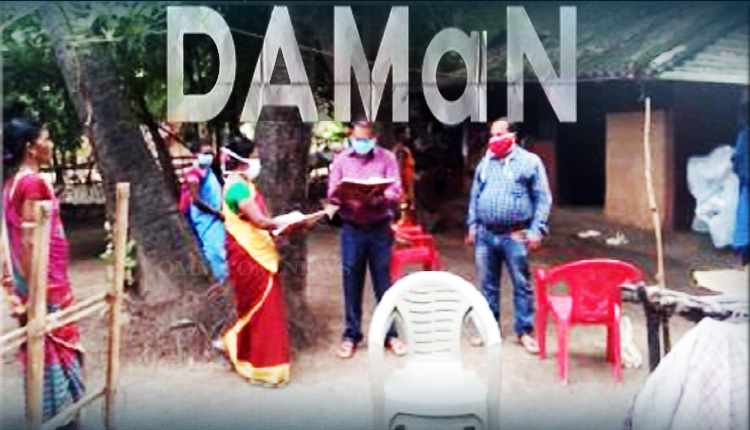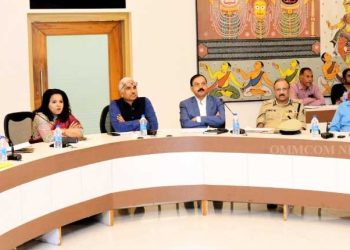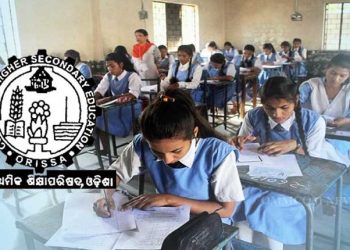Bhubaneswar: Few years back, Odisha was considered a highly malaria endemic state in India and the DAMaN, an acronym for Durgama Anchalare Malaria Nirakarana (Malaria Control in Inaccessible Areas) became the talk of the town after a film of the same name tasted success at the box office showing the struggle to make the program a success.
But not many know that the initial blueprint of DAMaN was experimented in a village of Dhenkanal and consequently the programme was envisaged and rolled out.
Talking to Ommcom News, Dr Madan Mohan Pradhan, Addl Director Public Health ( VBD), Boudh put forth the entire journey. He informed, “Inspite of various programmatic efforts taken up in the state following national guidelines for intervention and control of malaria, there was no significant decline in the malaria incidences for decades until 2016.”
A two-arm quasi-experimental design was deployed across four districts in Odisha, representing a range of malaria endemicity: Bolangir, Dhenkanal, Angul, and Kandhamal under the the Comprehensive Case Management Project (CCMP), which was a collaborative implementation research initiative to strengthen malaria early detection and complete treatment in Odisha.
” CCMP included mass screenings of all people of the area. There was a T3 policy which included test, treatment and tracking of the person through the patient card. Normally, only the people who showed symptoms like fever used to be tested for malaria but under this program, blood samples of every person were tested. And we found many asymptomatic patients of malaria ” informed Dr Tapan Kumar Sahoo, district VBD consultant, Dhenkanal.
“During that project, a hilltop village of Hindol block, Kharmul captured our attention. The villagers used to come down the hilltop for the weekly market (haat). They used to complain for body ache and headache. But had no fever. And ironically, their blood samples showed presence of malaria. So we decided that we should visit the villages, and test the blood samples of all the villagers. Anyone who tested positive for it, was given treatment for the same. Indoor Residual Spraying was done and mosquito nets were distributed. After 2 months, we found that none were affected with malaria anymore,” Dr Madan Mohan Pradhan, who was Joint Director cum State Programme officer of NVBDCP at that time.
A place where around 80-90 percent were suffering from this disease was completely malaria free within a span of 2 months.
This showed the path to the ‘DAMaN’ program. It was discussed with the technical team consisting of WHO and others to change the draft of the research project based on these findings. Everyone agreed to it and it was experimented in villages of Kandhamal, Bolangir, Angul also. It was successful everywhere.
In 2016, the team set up the CCMP camps in Nagada too where 19 children had died due to malnutrition. It worked wonders there also.
“Based on these success stories, we discussed it with the then Health Secretary Arati Ahuja. She stated that mass screenings and treatment is the only way to lessen the number of malaria patients in far flung inaccessible areas of Odisha and asked me to draft a blueprint of the project. Initially, we took 8 districts of southern belt,” Dr Madan Mohan said.
But, there was no guideline of mass screenings for malaria from the central government.
Over a period, Odisha government was of the opinion that this scheme should be moved all the remote areas of Odisha instead of only 8 districts. And it would be rolled out in a camp form taking all the other diseases like anemia, malnutrition, pregnant and lactating women issues, etc along with malaria.
And the outcome was DAMaN – Durgama Anchalare Malaria Nirakarana (Malaria Control In Inaccessible Areas).





















